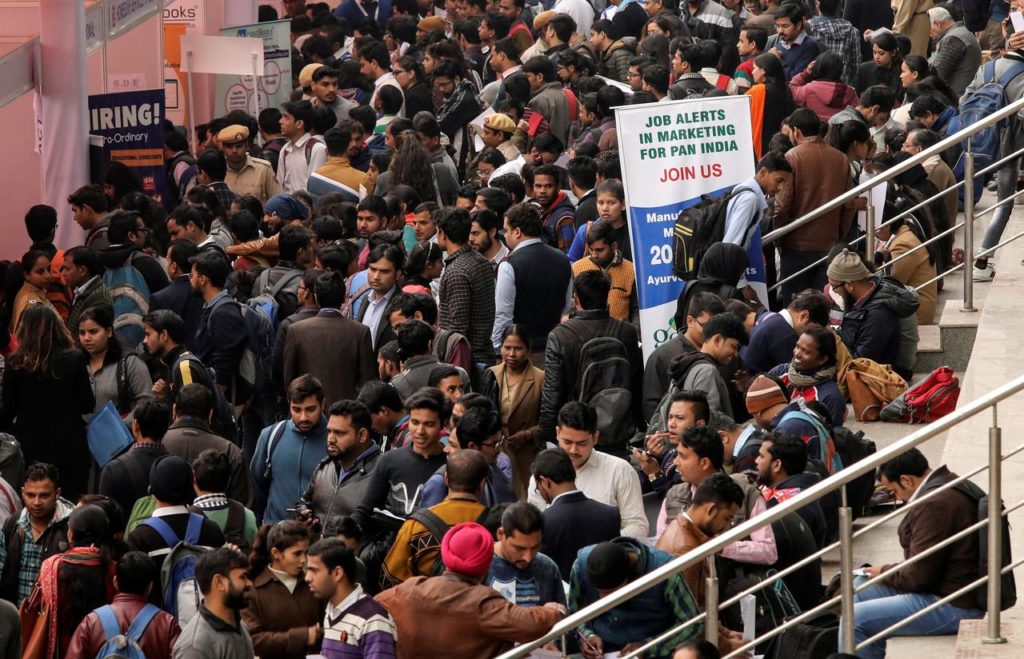India’s Urban Unemployment Rate Slows In March Quarter – Government Data
Nov 23, 2019 | Pratirodh Bureau
Congress president Mallikarjun Kharge claimed, "The biggest issue in these Lok Sabha elections is unemployment, imposed by the BJP. Our youth are struggling to find jobs, and we are staring at a demographic nightmare" (Representational Image)
India’s urban unemployment rate between January and March this year fell to 9.3%, the lowest in at least four quarters, according to an unpublished government report reviewed by Reuters.
The numbers, recorded in the statistics ministry’s quarterly jobs report, could provide some relief to Prime Minister Narendra Modi who has faced criticism for not being able to create enough jobs amid slowing economic growth.
The urban unemployment rate of the January-March quarter compared with 9.9% in the preceding quarter. Quarterly data prior to the April-June 2018 survey period is not available and the January-March quarter’s rate is the lowest since then.
The report, which is likely to be published soon, did not assess rural unemployment.
The estimates were arrived at using the so-called “current weekly status” method which gives an average picture of unemployment in a short period of seven days preceding the survey period, the document said. A person is considered as unemployed in a week if he did not work even for 1 hour during that week.
Joblessness among the youth – those aged between 15-29 years and who account for roughly over a third of India’s 1.3 billion people – was also marginally lower at 22.5% in the quarter ending March 2019, from 23.7% in the preceding quarter.
The Indian government has in recent years faced public ire for not releasing comprehensive jobs data regularly.
The first extensive annual report for the July 2017-June 2018 period, leaked in February and published in the Business Standard newspaper, showed unemployment rate was the highest in at least 45 years. Modi’s government officially released the report in May.
That month, the statistics department also released one set of quarterly urban unemployment reports that revealed data for April to December 2018. The latest report, reviewed by Reuters, contains jobs assessment for the first quarter of this year.
The fall in the unemployment rate, by weekly status methodology basis, came as employment among regular wage employees and a section of self-employed workers increased during the period, the statistics ministry report showed.
Still, the labour force participation rate – the percentage of population making up the labour force – which had slowly edged up between April and December last year, recorded a dip to 36% during the March quarter, the report showed, potentially reflecting weak economic growth in Asia’s third largest economy.
India’s economic growth fell to an over four-year low of 5.8% in the January-March period. Subsequently, it fell further to 5% in the following quarter.
